Home » Keywords: » ultraviolet (UV) curing
Items Tagged with 'ultraviolet (UV) curing'
ARTICLES
Sealing Cell Module Controllers with the CIPG Process
During the production of battery sensors, highly viscous liquid sealants are used to protect these sensitive electronic components from external influences and temperature-related stress and physical shock and vibrations.
October 15, 2024
A Company on the Move: DELO Industrial Adhesives
Founded in Munich, Germany, in 1961, DELO currently manufacturers high-tech adhesives and multi-functional materials, as well as dispensing and curing equipment.
July 24, 2024
Precise Dispensing for Medical Wearables
Compact diagnostic devices require high-precision dispensing systems to apply small amounts of UV adhesives to medical printed circuit boards.
June 18, 2024
Keep the info flowing with our newsletters!
Get the latest industry updates tailored your way.
JOIN TODAY!Copyright ©2025. All Rights Reserved BNP Media.
Design, CMS, Hosting & Web Development :: ePublishing
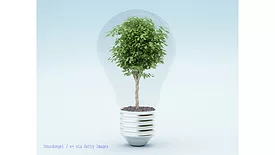
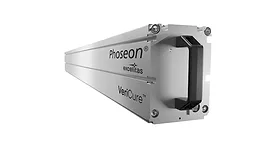

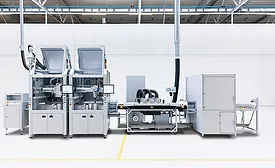


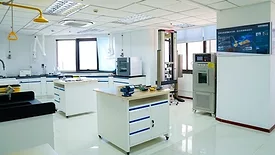
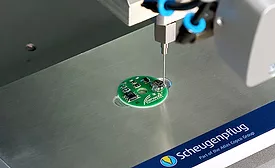
.webp?height=168&t=1713197356&width=275)